This site uses affiliate links, meaning that if you make a purchase through our links, we may earn an affiliate commission.
Seeing snow monkeys soaking in hot springs is a 10 out of 10 experience.
Follow this simple step-by-step guide on how to see snow monkeys in Japan on a day trip from Tokyo and find out why you will love it!
How to See Snow Monkeys in Japan on a Day Trip from Tokyo
- 1. 14 Tips How to See Snow Monkeys in Japan on a Day Trip from Tokyo
-
- 1.1. Find Out Where Snow Monkeys in Japan Are And How to Get There from Tokyo
- 1.2. Know What to Expect at Snow Monkey Park
- 1.3. Learn a Few Things About Snow Monkeys Before You Go
- 1.4. Find Out About Jigokudani Monkey Park
- 1.5. Buy a 1-Day Snow Monkey Park Pass at Nagano Station - Here is How to Do It
- 1.6. Plan Your Visit to Snow Monkeys in Japan During Winter!
- 1.7. Check Snow Monkeys in Jigokudani on Live Camera
- 1.8. Start Your Day Trip from Tokyo to See Snow Monkeys Early in the Morning
- 1.9. Keep Track of Time and Be Mindful When to Start Hiking Back to the Bus
- 1.10. Dress Warm for Your Winter Visit to Snow Monkeys
- 1.11. Expect Plenty of Company at Snow Monkey Park
- 1.12. Rent Crampons, Coats, Boots If Necessary
- 1.13. Stay Calm, Do Not Touch or Feed the Snow Monkeys
- 1.14. Get a Camera with a Good Zoom to Capture Great Photos of Snow Monkeys
- 2. Intrepid Scout's Tips for How to See Snow Monkeys in Japan on a Day Trip from Tokyo
14 Tips How to See Snow Monkeys in Japan on a Day Trip from Tokyo
Find Out Where Snow Monkeys in Japan Are And How to Get There from Tokyo
Snow monkeys in Japan can be found in Yamanouchi in the Nagano prefecture within the Jigokudani Monkey Park (Jigokudani Yaen-koen) which is part of the Joshinetsu Kogen National Park.
Jigokudani Monkey Park is about 260 km northwest of Tokyo and can easily be done on a day trip from Tokyo.
- From Tokyo Station take JR East Hokuriku Shinkansen Asama, Hakutaka or Kagayaki to Nagano Station. If you are a JR Pass holder, your trip will be covered by the pass. You can buy JR Pass HERE. The travel time from Tokyo Station to Nagano Station is about 1 hour and 20 minutes.
For example, I reserved my seats prior to my departure and took JR East Hokuriku Shinkansen Kagayaki 503 at 7:20 am. I arrived at Nagano at 8:43 am.
Where are Snow Monkeys in Japan and How to Get There / How to See Snow Monkeys in Japan
- Once you arrive at Nagano Station, head towards the East Exit and locate Bus Platform 23. It is the platform for Nagaden Express Bus Shiga Kogen Line.
The buses run all year round. However, there is a summer and winter timetable. Specifically, during the summer months, buses run three times a day in each direction, and in winter the service operates 11 times a day in each direction.
It takes about 40 minutes to reach Jigokudani Monkey Park.
Finally, once you arrive at Kanbayashi Onsen Guchi get off the bus. Most of the passengers will be getting off at this stop. It is like an exodus, everyone on the bus will be getting off there. And, if you are worried that you might miss the stop, let the driver know that you are going to Snow Monkey Park and they will alert you when to get off.
Where are Snow Monkeys in Japan and How to Get There / How to See Snow Monkeys in Japan
- Once you get off the bus, locate the sign for Jigokudani Monkey Park. You will not miss it, it is a huge sign. Right behind the sign, there is a road going up the hill at a slight incline. Continue hiking on this road for about 1.8 kilometers. It should take you about 20-30 minutes before you reach the entrance to Jigokudani Snow Monkey Park.
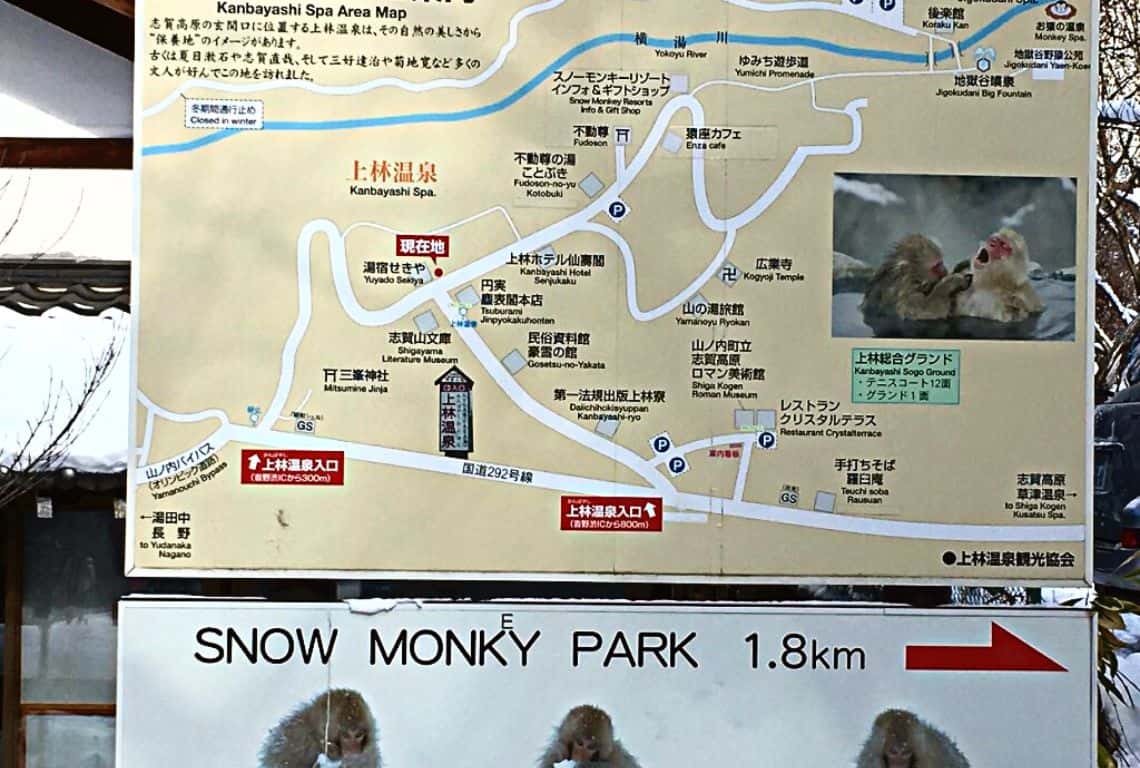
Where are Snow Monkeys in Japan and How to Get There / How to See Snow Monkeys in Japan
- Once you reach the entrance to Jigokudani Snow Monkey Park, it is also a good idea to stop here for a bit and catch your breath.
There is a small gift shop where you can rent snow boots, coats, and crampons. I strongly recommend the crampons. They will give your feet a good grip and you will be able to walk so much faster.
Also, there are lockers here and you can store your bags and any food that you might have to avoid upsetting the monkeys.
- Next, continue for 1.6 kilometers until you reach the hot springs and the monkeys soaking in them. As you are making your way to the hot springs, there will be plenty of informative signs along the way and you can read about monkeys and their habits.
It went to Snow Monkey Park on several different occasions. The best one was when it snowed the day before my visit. It was wonderful to hike among the snow-clad red pine and Japanese larch trees, breathe the crisp mountain air, and look at the blue skies.
Where are Snow Monkeys in Japan and How to Get There / How to See Snow Monkeys in Japan
Know What to Expect at Snow Monkey Park
When I finally made it to the hot springs, the caretakers were throwing barley seeds on the ground and it was wild to see all the monkeys run down the cliffs from the woods. It felt like a scene from the movie Planet of the Apes.
The monkeys were everywhere and it was absolutely fascinating to watch them.
They looked endearing when they let out their emotions of joy and bliss while they took their dips in the hot spring. Or, hilarious when they swam across in a mixture of dog paddle and frog kick.
It was entertaining to watch their expressive faces when they groomed each other or carried their babies on their backs or foraged in the snow. Endless eye candy!
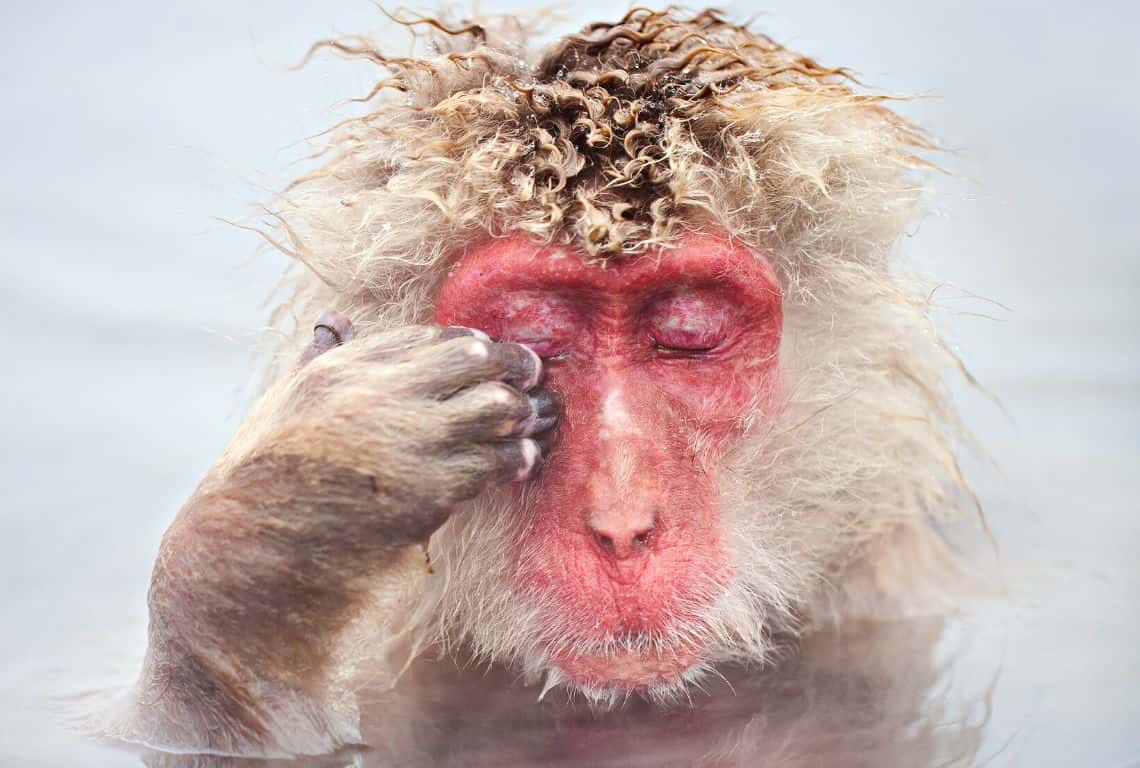
What to Expect at Snow Monkey Park / How to See Snow Monkeys in Japan
Learn a Few Things About Snow Monkeys Before You Go
- On average, snow monkeys weigh between 25 and 40 pounds and reach 20 to 23 inches in length.
- The red color of the face is a positive sign that they have reached adulthood.
- Snow monkeys live in large groups called troops. Troops can be huge, composed of several hundreds of animals.
- Each troop has a male and female leader.
- Males establish their dominance by proving their physical strength and ability to find food for all members of the group. A leader can hold his position for a couple of decades.
- Females establish dominance by inheriting the ruling position from their mothers or other relatives.
- Bonds between members are very tight.
- During their leisure time, snow monkeys groom each other to remove fleas and insects from their fur. Grooming nourishes the social bonds between them.
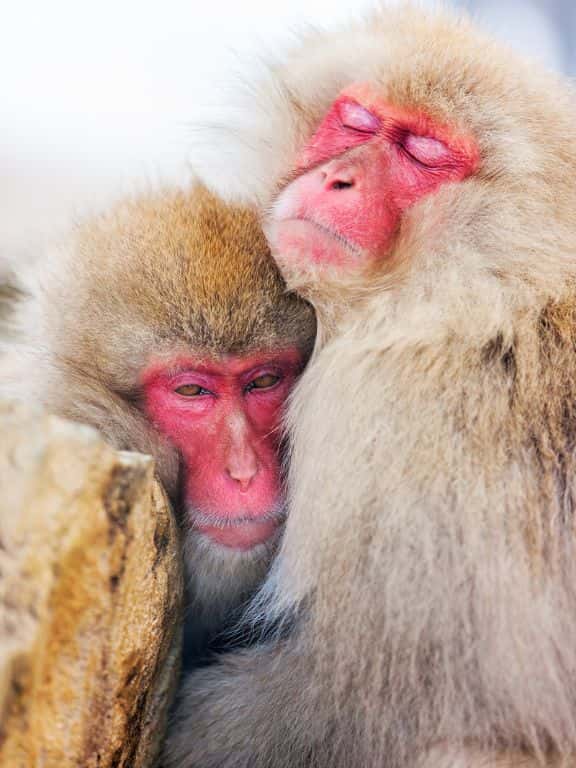
Things to Know About Snow Monkeys in Japan / How to See Snow Monkeys in Japan
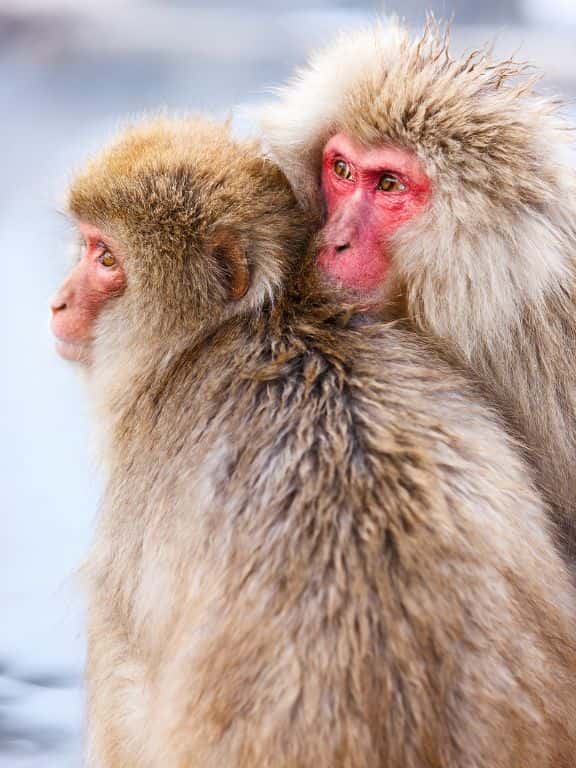
Things to Know About Snow Monkeys in Japan / How to See Snow Monkeys in Japan
Find Out About Jigokudani Monkey Park
- The Jigokudani Monkey Park was established by Sogo Hara in 1964.
- Several years before the park was established, Sogo Hara was hiking through the Jigokudani area. Namely, Jigokudani means Valley of Hell. It is due to the steep mountainsides and hot spring steam coming out of the ground.
- While hiking, Sogo Hara, came across a troop of Japanese macaques monkeys. He became interested in them and soon discovered that the monkey’s original habitat in Shiga Kogen was drastically reduced due to the many ski lifts being built in the area. As a result, monkeys were gradually pushed into the Jigokudani and the Yamanouchi areas.
- The new habitat was closer to the farmlands. Needless to say, monkeys started to regularly visit the farmlands and help themselves to the crops. This did not settle well with the local farmers.
- Sogo Hara wanted to give the monkeys a place where they would be secure, but also where they would be free to roam. And so, Jigokudani Monkey Park was established.
- There is no fencing at the park and the monkeys move freely.
- Their movement is simply controlled by regular feeding which happens three times a day. During those times they are served their favorite foods: barley and soybeans.
- That being the case, monkeys stay around the Jigokudani area and come down from the hills at feeding times. Needless to say, they also enjoy the hot springs in winter!
How to See Snow Monkeys in Japan on a Day Trip from Tokyo
Buy a 1-Day Snow Monkey Park Pass at Nagano Station - Here is How to Do It
When you arrive at Nagano Station, make sure to purchase 1-Day Snow Monkey Park Pass.
In order to buy the pass, follow these step-by-step instructions:
- First, while you are at Nagano Station, locate the signs pointing towards Zenkoji Exit.
- Next, once you reach Zenkoji Exit, exit the station and turn right.
- Finally, walk along the front of the station towards a flight of stairs going down. Take the stairs all the way down.
- The ticket office will be on the right-hand side. It is clearly marked with a big poster advertising 1-Day Snow Monkey Park Pass.
Buy a 1-Day Snow Monkey Park Pass at Nagano Station / How to See Snow Monkeys in Japan
Snow Monkey 1-Day Pass costs 3,200 yen for an adult and 1,600 yen for a child. It covers the bus from Nagano and back, as well as the entrance to the park.
If you were to buy it all separately, then it would cost you 1,400 yen for the bus each way and 800 for the entrance ticket to the park. The pass saves you 400 yen.
Plan Your Visit to Snow Monkeys in Japan During Winter!
I have seen many comments about visitors being disappointed with Snow Monkey Park. And, the comments usually stated that no monkeys were soaking in the hot springs at all. Well, if you plan your trip in the summer, then yes, most definitely you will not see any monkeys in the hot springs.
Jigokudani Monkey Park is open year-round. However, If you want to see Jigokudani blanketed in snow and monkeys bathing in the hot springs, then you need to plan your trip during the winter months. Specifically, schedule your trip between December through March.
It usually starts snowing in Jigokudani in mid-November, however, do not expect the snow to last throughout the day during that time, due to the mild daily temperatures.
If it was my choice, I would shoot for January or February. At that time, the entire park is covered in deep snow and it is absolutely beautiful. Above all, it is cold enough, so that the snow monkeys flock to the hot springs to warm up and soak in the springs for hours.
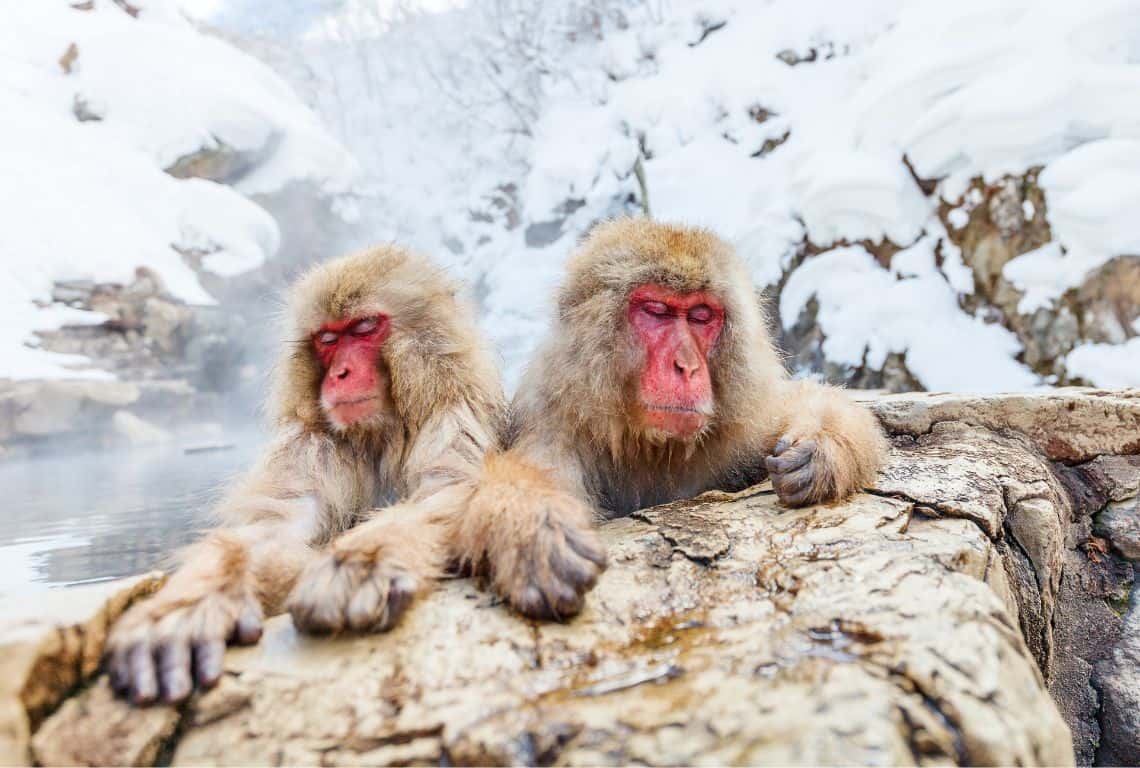
Visit Snow Monkeys in Japan in Winter / How to See Snow Monkeys in Japan
Check Snow Monkeys in Jigokudani on Live Camera
If you are still debating when to visit Snow Monkeys in Jigokudani, then check the live camera. Also, scroll through some older images to see if you can spot any monkeys.
During spring, summer, and fall months, monkeys hang around the pool and occasionally soak in the hot springs. However, if you are looking for iconic images of snow monkeys in the steamy hot pool surrounded by deep snow, then head to Jigokudani Snow Monkey Park in winter.
Following is a screenshot of the live camera website page. The image you see was taken on July 16th at 4 pm:

See Snow Monkeys in Jigokudani on Live Camera / How to See Snow Monkeys in Japan – Day Trip from Tokyo
Start Your Day Trip from Tokyo to See Snow Monkeys Early in the Morning
If you are planning a day trip from Tokyo to see snow monkeys in Jigokudani, then start early in the morning.
The journey is quite manageable, but it takes time to get to the park.
Above all, an early morning start would give you a chance to avoid the crowds and have the place pretty much to yourself.
It usually takes me about 3 hours to get to the hot springs where snow monkeys hang out and soak in the hot pool. If you ask me: is it all worth it? Absolutely! It is a 10 out of 10 attraction!
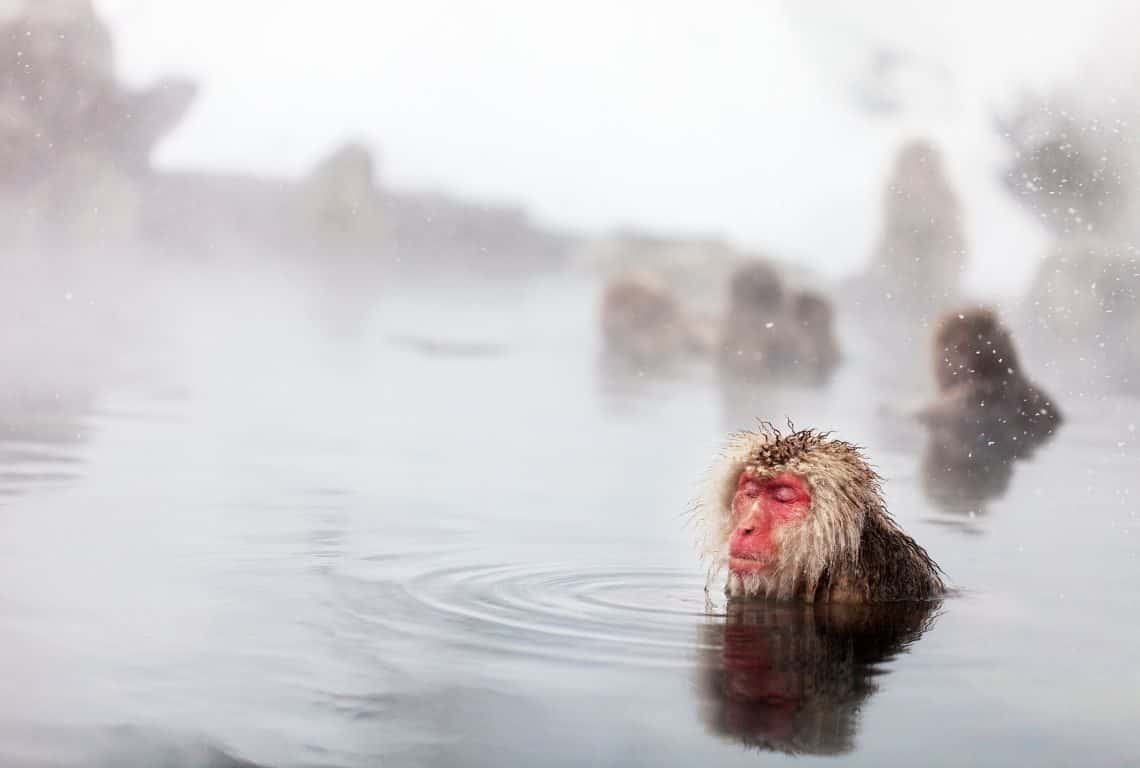
Start Your Day Trip from Tokyo to See Snow Monkeys Early in the Morning / How to See Snow Monkeys in Japan
Keep Track of Time and Be Mindful When to Start Hiking Back to the Bus
Jigokudani Snow Monkey Park is open from 8:30 am to 5 pm (April – October) and 9 am to 4 pm (November – March). If you are visiting during winter months, it is going to start getting dark at about 4 pm.
Moreover, keep in mind, that it will take you about 30 minutes to walk from the hot springs to the park gate and another 30 minutes from the park gate to the bus stop. With this being the case, I would recommend that give yourself plenty of time to get back to the bus stop.
According to the winter schedule, the last bus leaves from Jigokudani Snow Monkey Park at 6:15 pm. However, at that time it will be completely dark. I would plan on leaving the hot springs no later than 3:00 pm and catching the bus at 4:35 pm. The line to the bus starts forming quickly. Make sure to get in line and reserve your spot, so that you manage to get on the bus.
Next, it will take you about 40 minutes on the bus to get to Nagano Station.
Furthermore, give yourself plenty of time to walk from the bus station to the train terminal and board the train that will take you back to Tokyo. Make sure to reserve your return tickets in advance.
Dress Warm for Your Winter Visit to Snow Monkeys
Foremost, if you are visiting snow monkeys in winter, keep in mind that it will be cold and it might snow.
The temperatures in December, January, and February during the day are on average 30 F (-1 C).
Here are my recommendations:
1. First of all, wear a baselayer – a smartwool baselayer (long sleeve top and leggings) will keep you nice and toasty
2. Next, wear a long sleeve top over your baselayer top and fleece-lined pants over your baselayer leggings
3. If you need another laying piece, then add a zip front top.
4. Make sure you have a quality jacket. My favorite are 3-in-1 jackets because they give me the flexibility to remove or add the components based on the weather conditions.
5. Furthermore, I suggest good quality wool socks to keep your feet warm and dry.
6. Above all, I recommend good hiking shoes that have a good grip. When I visited snow monkeys in Jigokudani in late December, the path leading to the hot springs was slippery and covered with a mixture of snow and ice. In addition, there is a small stream that occasionally flows along the path and it makes the path surface wet and slippery.
7. Finally, do not forget a hat and gloves.
I am not recommending that you not take any rolling suitcases or large bags with you. The best choice would be a shoulder bag or a day backpack. In addition, I would not recommend any strollers or wheelchairs. The path is up the hill and the surface is rough in many places.
Expect Plenty of Company at Snow Monkey Park
Jigokudani Snow Monkey Park gets very busy. Be prepared to share the small space with a lot of tourists.
My recommendation is to arrive as early as possible. If you are there in the morning, you might have the place all to yourself. As it gets later in the day, expect a lot of people and fewer opportunities to get some good pictures.
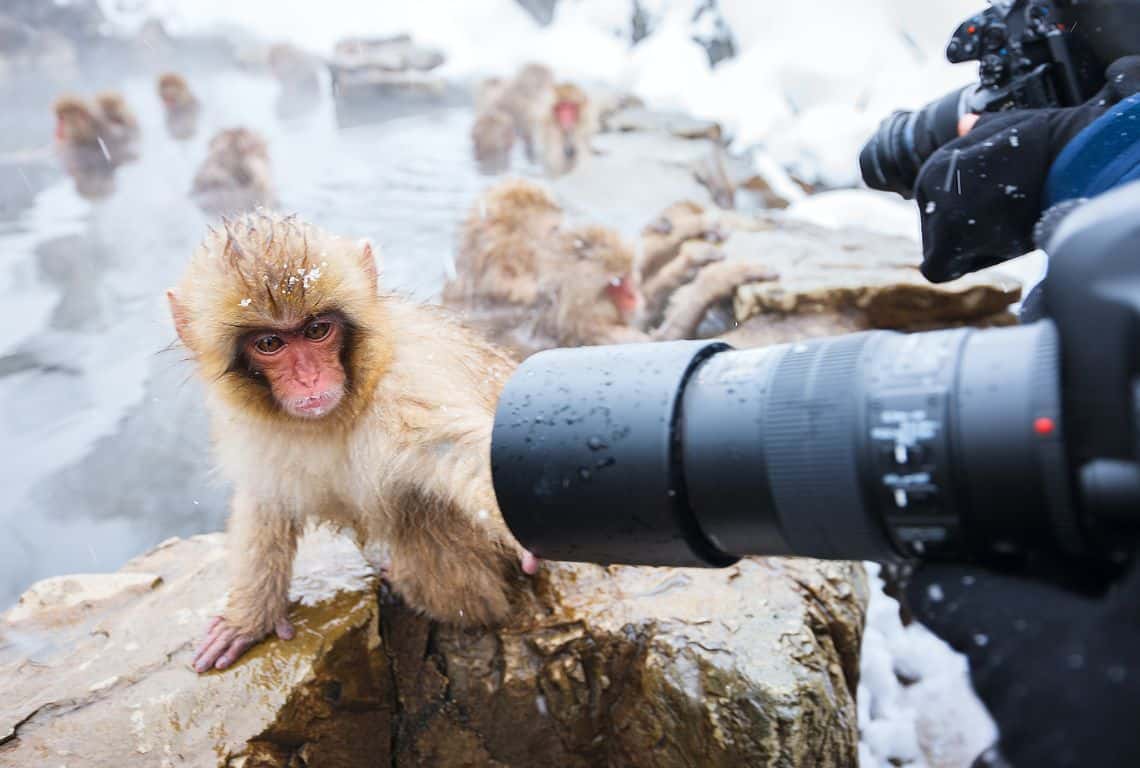
Expect Plenty of Company at Snow Monkey Park / How to See Snow Monkeys in Japan
Rent Crampons, Coats, Boots If Necessary
If you need to rent a winter coat or boots, then once you reach the entrance to the park you will be able to rent it.
Specifically, I would recommend renting crampons. In my opinion, the crampons are lifesavers!
The temperature will fluctuate throughout the day. The minute the sun is out, it warms up and the snow starts melting. The next minute, the melted snow freezes creating a sheet of ice. So, even if you have good winter hiking shoes, it is still a good idea to get the crampons.
Also, do not forget to protect your camera. Remember, the weatherman is not always right and it might rain or snow.

The eastern seven miles of the Loop Road Scenic Drive are paved and after that, it is gravel and dirt / Things to Do in Big Cypress National Preserve
Stay Calm, Do Not Touch or Feed the Snow Monkeys
Be prepared for the monkeys to run around, jump in and out of the pool and chase each other, or maybe, even get in a fight. It is important that you stay calm, and quiet and do not upset the monkeys.
In all honesty, they startled me several times when I was so focused on taking pictures, and they ran and played right behind me or jumped unexpectedly out of the water.
In addition, do not touch the monkeys. Keep in mind that they are wild animals.
Furthermore, do not give them any human food. The caretakers feed them several times a day with one of their favorite foods which is barley.
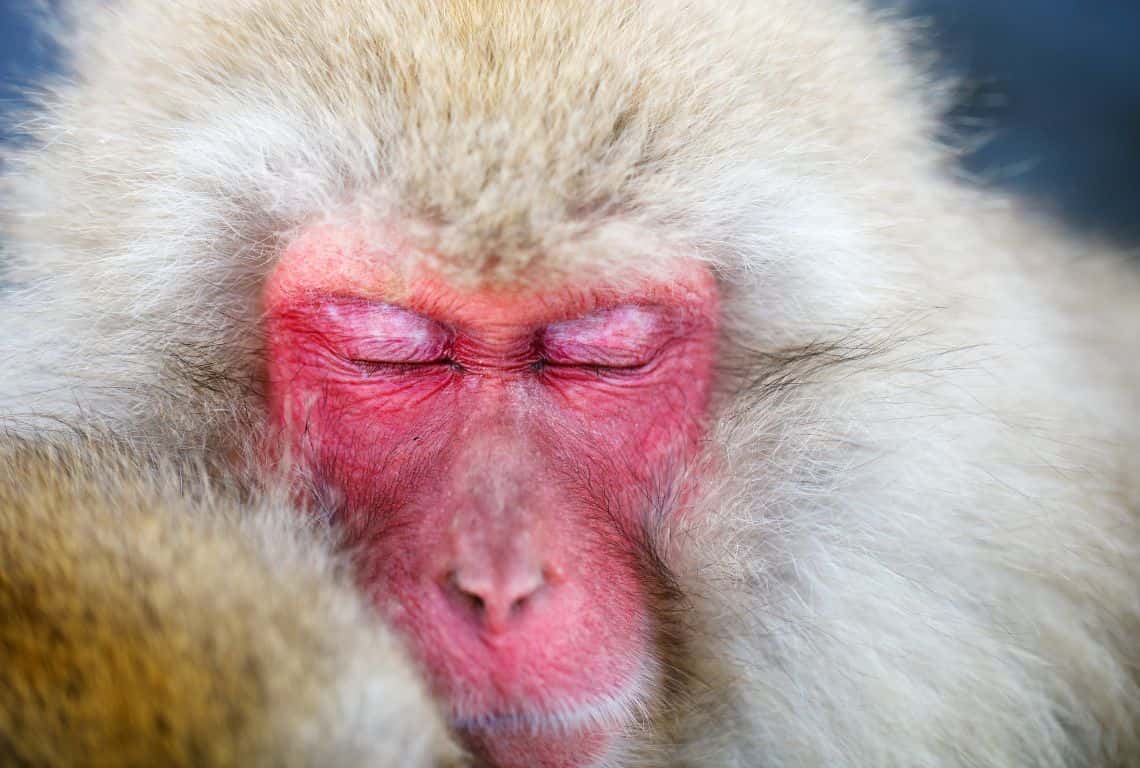
Stay Calm, Do Not Touch or Feed the Snow Monkeys / How to See Snow Monkeys in Japan on a Day Trip from Tokyo
Get a Camera with a Good Zoom to Capture Great Photos of Snow Monkeys
You will take hundreds of pictures during your visit to Jigokudani Snow Monkey Park!
The monkeys will keep you busy snapping pictures left and right.
Honestly, it is a never-ending progression of activities that are too cute not to capture on a camera like youngsters wrestling with each other, or families huddled together.
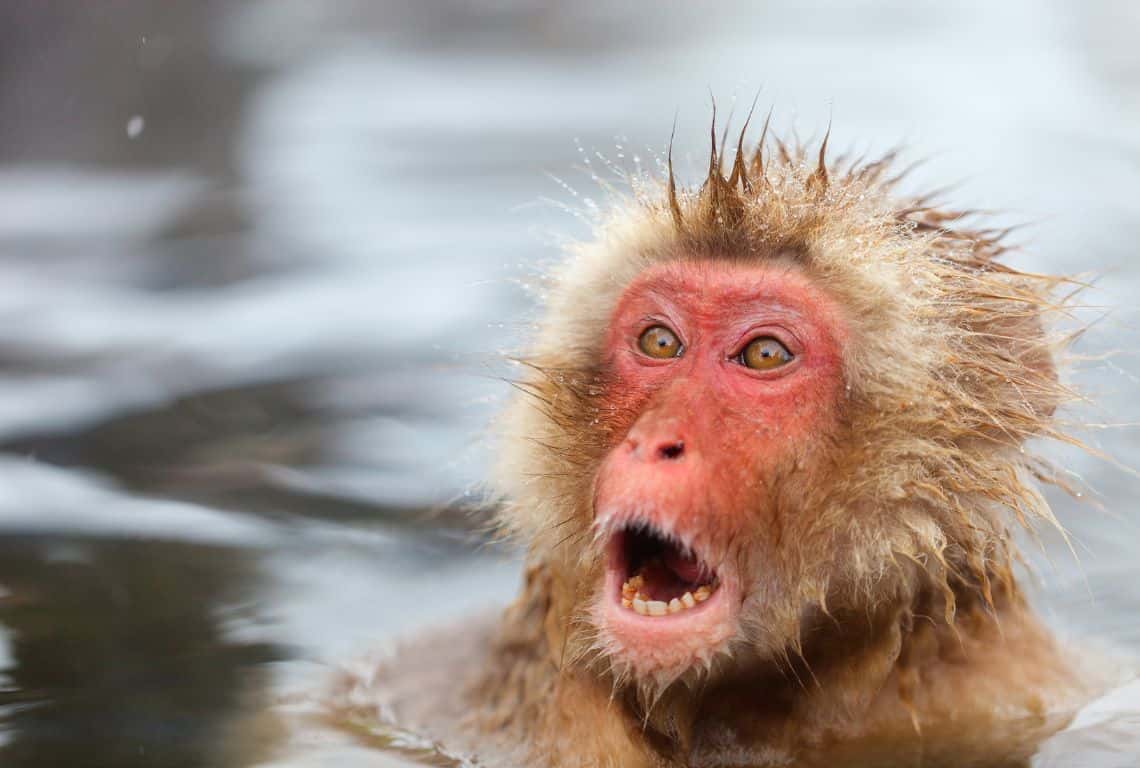
Get a Camera with a Good Zoom / How to See Snow Monkeys in Japan
Intrepid Scout's Tips for How to See Snow Monkeys in Japan on a Day Trip from Tokyo
There are several places where you could rest and warm up and get something to eat as well. The first one is a gift shop next to the entrance/exit to the park that has an area set up with a space heater and you can get some hot water there as well.
Another one is Enza Café; it has a variety of options to eat and you can order takeout if you are pressed for time and need to catch the bus back to Nagano.

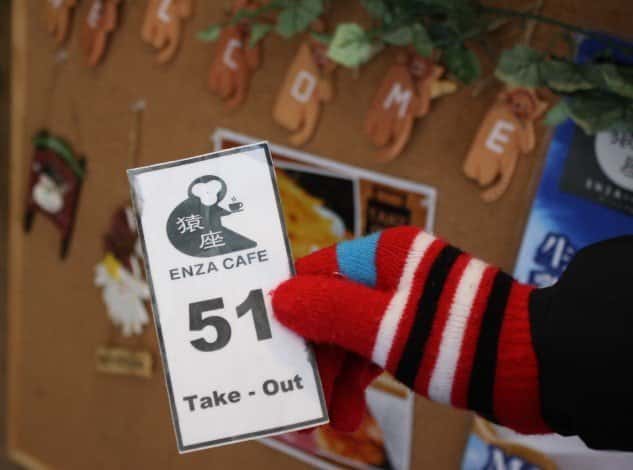
More Information About Japan:
14 Amazing Things to Do in Arashiyama (Map+Useful Tips)
What to See at Nijo Castle in Kyoto (10 Top Things to Know)
Stunning Golden Pavilion in Kyoto (How to Visit and What to See)
Amazing Fushimi Inari Taisha in Kyoto (8 Things to Know Before You Visit)
First Visit to Kyoto – How to Visit and What to See (11 Things You Can’t Miss)
Perfect Day Trip to Miyajima from Kyoto, Osaka, or Hiroshima
10 Amazing Things to Do in Hiroshima You Can’t Miss of Your Visit
Perfect One Day in Kanazawa – 7 Things to Do (Great Day Trip from Tokyo, Kyoto, or Osaka)
You Might Also Like:
275 Best QUOTES About JAPAN (JAPANESE Culture, Nature, Food, Anime, Proverbs)
Perfect ONE DAY in OSAKA Itinerary (6 Best Things to Do)
7 Fun and Easy DAY TRIPS from KYOTO (Useful Maps+Photos+Tips)
Now, It Is Your Turn, I Would Like to Hear Back from You!
Are you planning to see snow monkeys in Japan on a day trip from Tokyo?
Please let me know! Drop me a quick comment right below!
Click on any of the images below to get inspired and to help you with the planning process for your trip to Japan!
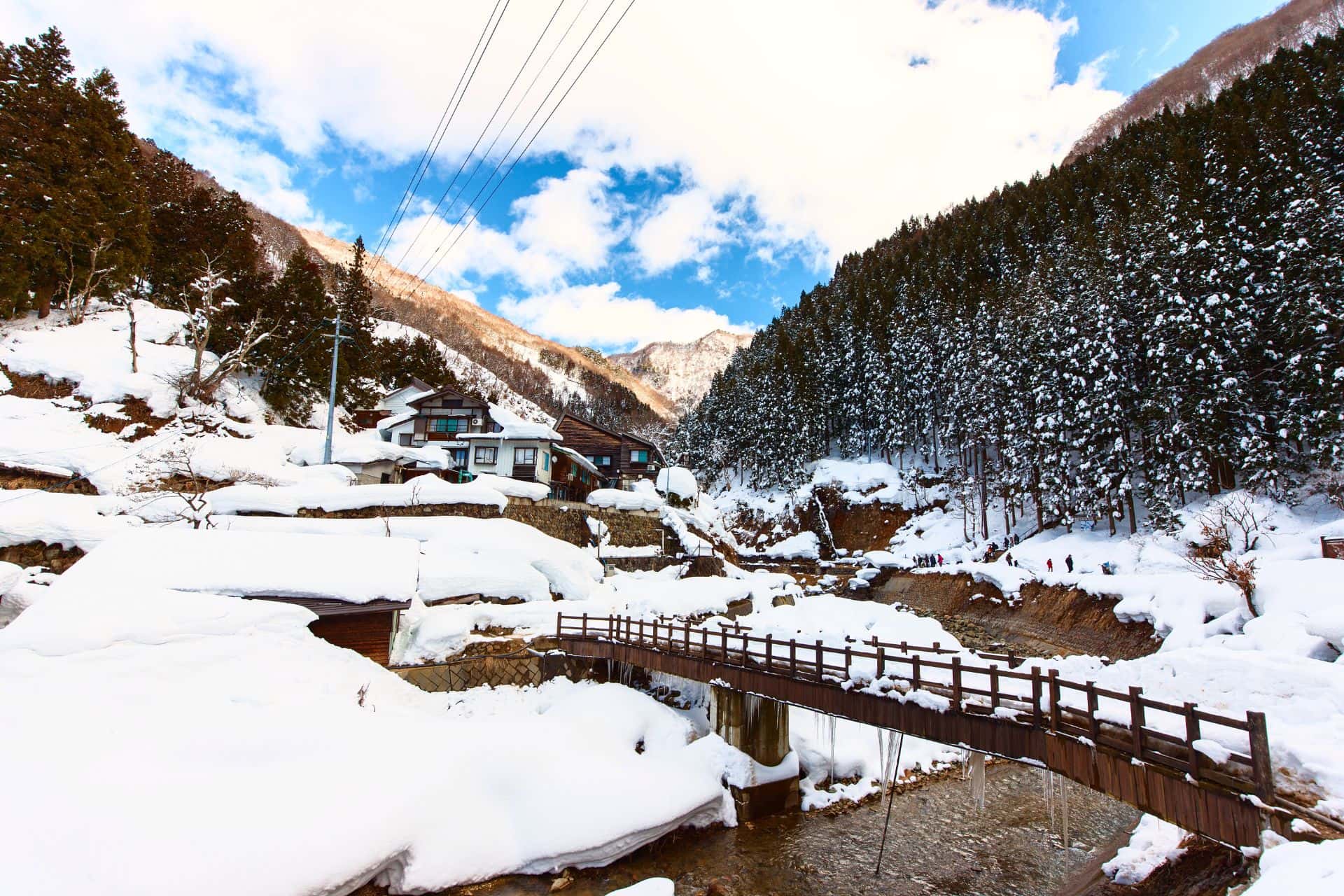
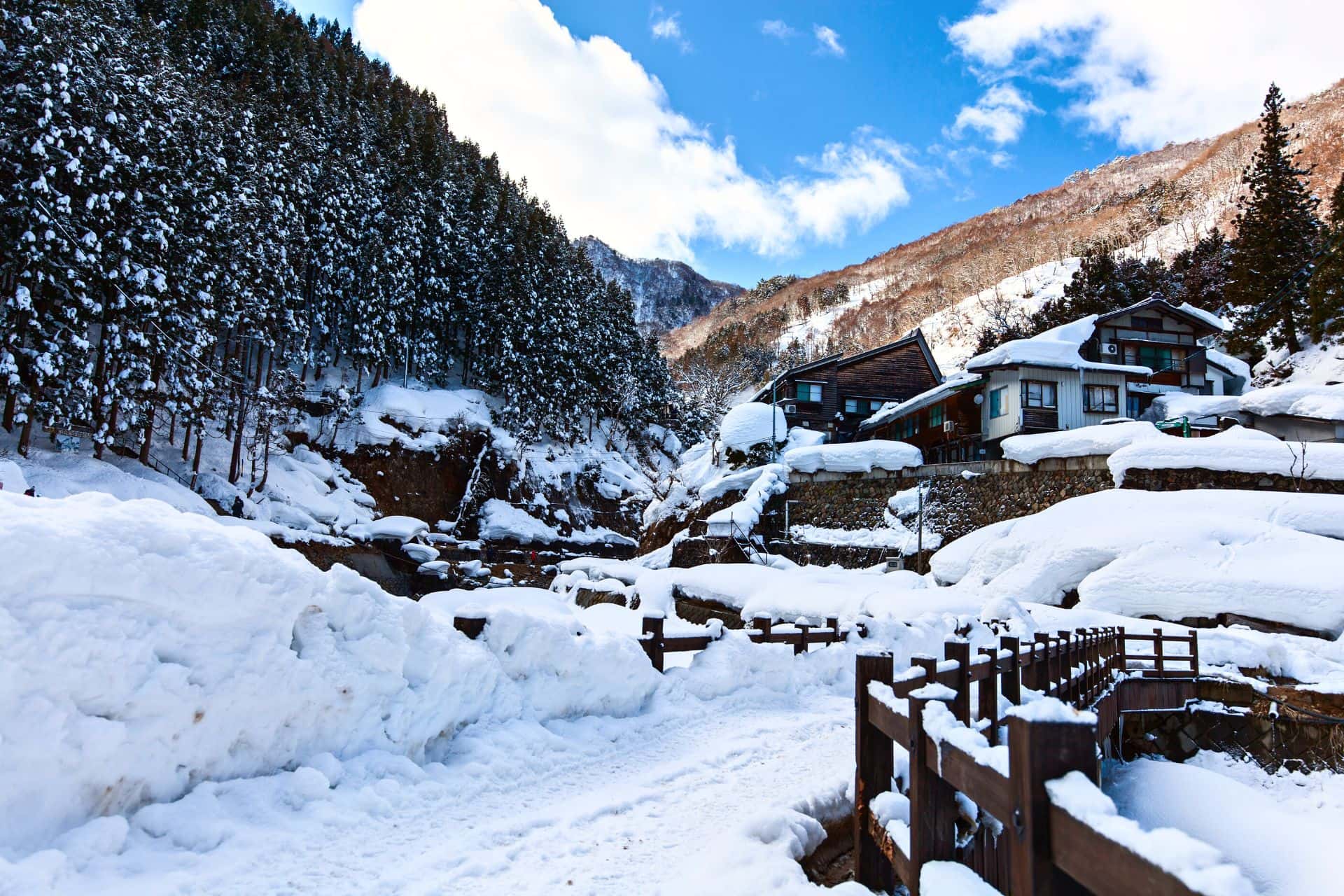
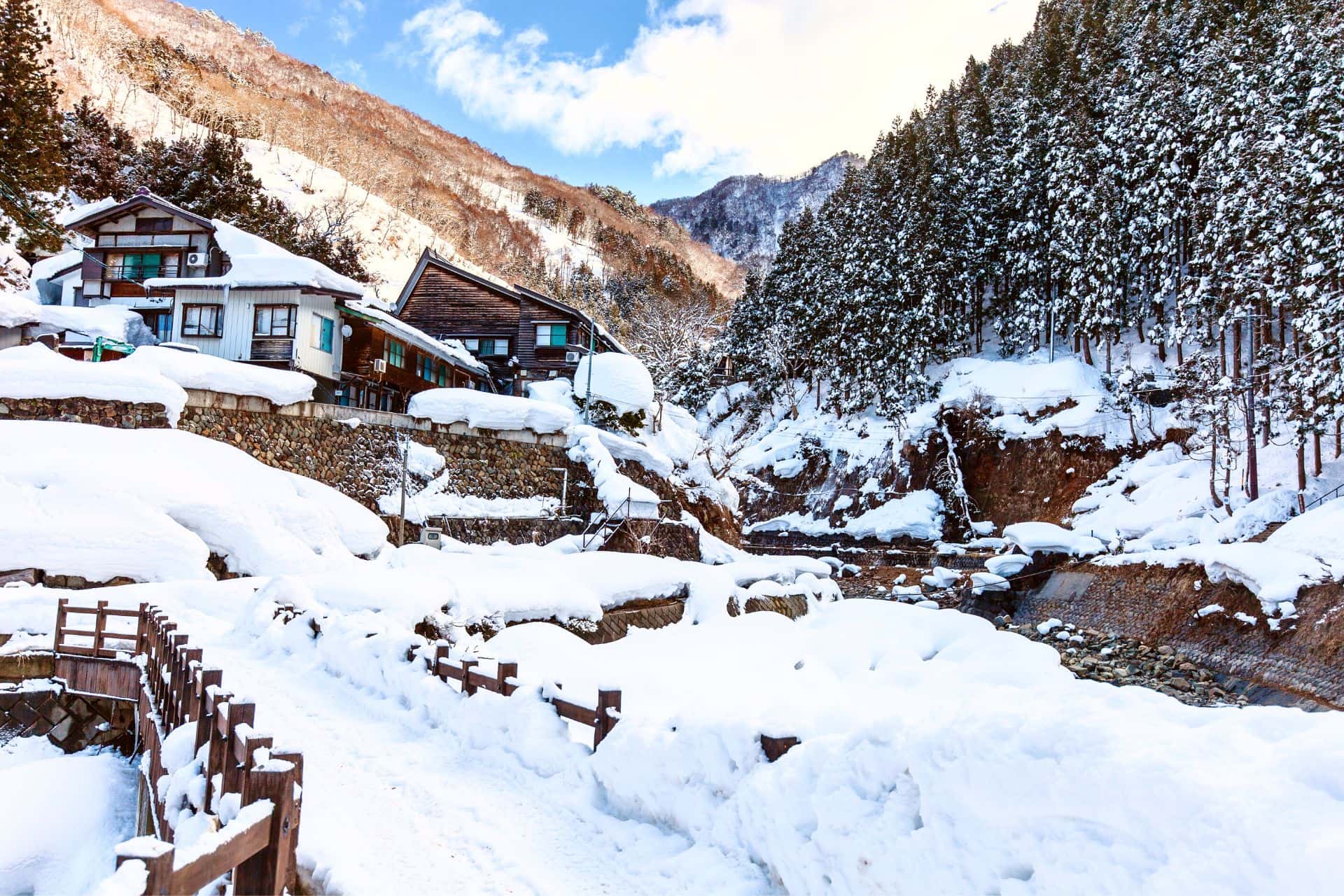
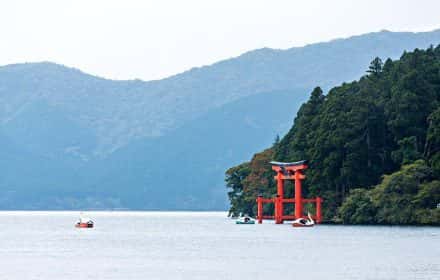
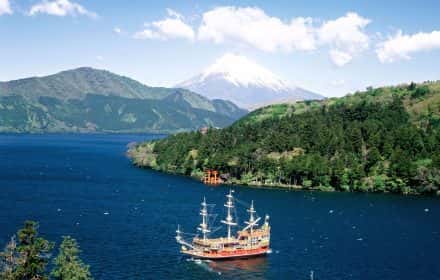
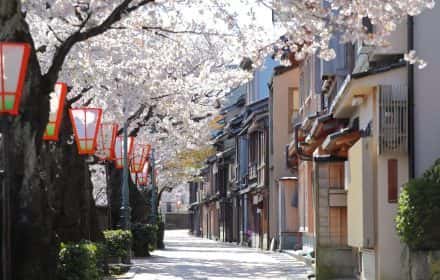
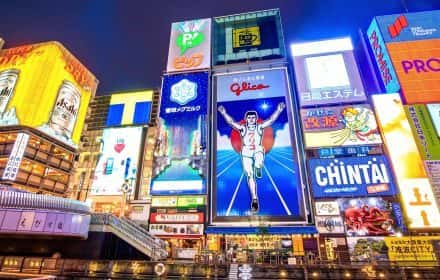
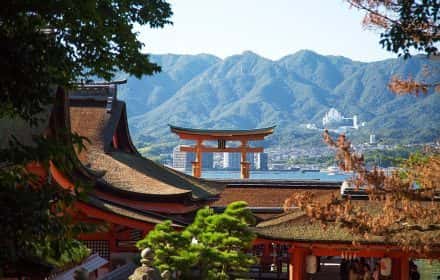
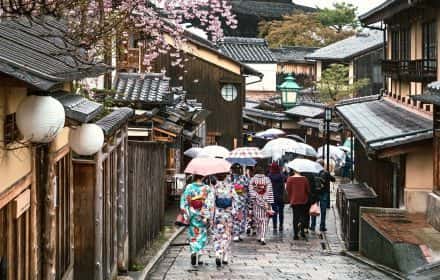
Comments:
6 thoughts on “14 Practical Tips How to See SNOW MONKEYS in JAPAN (Best Trip from TOKYO)”
Loved this article about the snow monkeys. So informative and the photos of the monkeys were amazing. Now I want to go!
Patrice, thank you so much! I took about 1,000 photos when I visited the snow monkeys. I can’t wait to go back!
Anna
Wow I can’t say enough about how incredible your photographs are. Having been on a wildlife safari I know how much patience and effort it takes to get these close-up shots. Thank you for these amazing tips.
Thank you so much, Sinjana!
Hi! I am planning a trip in late March. I wonder whether there will still be snow at this time of the year? And would you still recommend renting Crampons for late March? Also are you free to get into any bus that is available on your return to the bus stop or do you have to return on the same bus you came in? Finally, how strenuous is the climb up to the hot springs where the monkeys are? I’m in my early 70’s and generally in reasonable physical condition. Sorry for the many questions but I would like to be fully prepared! Thanks.
Hi Vasantha,
In late March, you are looking at temperatures about 45F average. I do not think there will be much snowfall in late March, however, there might be some leftover patches of snow around. I doubt you would need crampons, but if needed you can rent them at the entrance to the park. I would recommend checking the weather and watching the webcam. The good news is that there are always monkeys around and they love soaking in the hot springs (not in the summer, it is too hot).
The line for the returning buses starts forming at about 3 pm. My recommendation is to start heading back to the parking lot no later than 3:30 pm.
The hike is moderate, up the hill, steady but manageable incline. You will be fine. Just take your take. The scenery is beautiful.
Good luck with everything and let me know if you need help with your trip to Japan!